
Safeguarding against microbial contamination requires rapid detection and innovative technology.

Safeguarding against microbial contamination requires rapid detection and innovative technology.

The company has provided updates on its COVID-19 tests under development with Adeptrix and Cytiva, respectively.
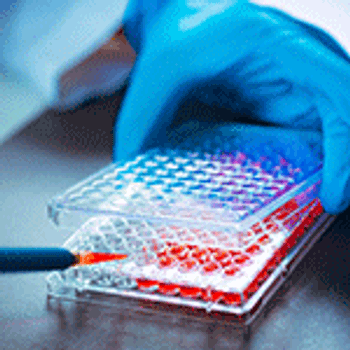
Advanced data analytics, including statistical modeling and machine learning technique, can enable more efficient and reliable bioprocesses.

Tools such as manufacturing execution systems, artificial intelligence, and software innovations are useful for enhancing data integrity protection.

The extension of the company’s product offerings to include the anti-certolizumab pegol antibodies offers critical reagents for the development of assays for TNF alpha inhibitor biologics and their biosimilars.
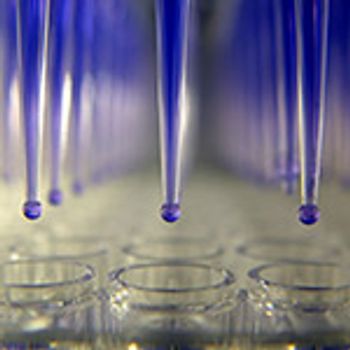
Next-generation therapeutics and regulatory requirements create demand for complex, fit-for-purpose tests.
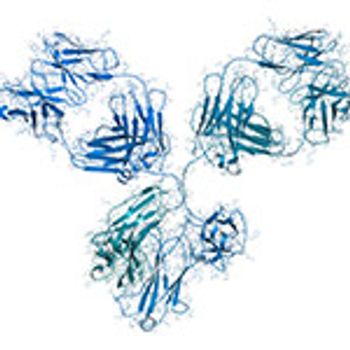
In this peer-reviewed article, the authors present a series of experimental studies showcasing the performance of MMS in secondary-structure biopharma characterization and compare it with conventional FTIR data.

A comprehensive turnkey system based on LabVantage’s laboratory information management system platform allows laboratories to implement COVID-19 biobanking, testing, and research.

The company has expanded capabilities for aggregate analytics to include dynamic light scattering.

Characterizing and controlling protein aggregation is vital to ensure safety and efficacy of a biopharmaceutical product. In this interview, important aspects of protein aggregation and the tools available to address this issue are discussed.

Demonstrating interchangeability can ensure biosimilar substitutability at the pharmacy level.
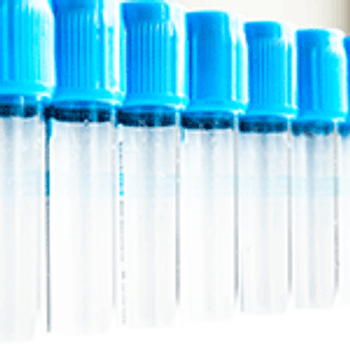
A variety of assays should be used to detect bacterial, fungal, and viral contaminants in the human source cells used for cell therapies.

The acquisition will expand Nexelis’ immunology testing expertise.

As compounds become more complex in nature and biological ingredients are more widely used, stability testing approaches must follow suit and provide flexibility for developers.

Eurofins DiscoverX partners with VelaLabs to enable VelaLabs to perform highly reproducible potency lot release assays under GLP/GMP conditions.

An evaluation by USP indicates bovine heparin is a potential alternative to porcine heparin.

By establishing effective management of data and knowledge, it will be possible to employ advances, such as artificial intelligence and synthetic biology, to their full potential in upstream bioprocessing.

Analytical solutions are improving for raw material testing, process development, drug product release, and more.

Complex protein structures pose analytical challenges that can be addressed by advanced mass spectrometry technologies and workflows, which can be used to comprehensively characterize them.

This study aims to use plant-leaf extract for the green synthesis of gold nanoparticles and to evaluate their antibacterial and antioxidant activity.

As regulatory bodies extend the oversight of E&L testing, companies working with drug products need to make provisions on how to best comply with the evolving expectations.
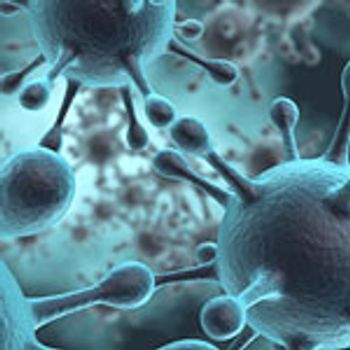
Ensuring that viral vectors are free of viral contaminants requires a focus on prevention and control.

The new service will assist pharmaceutical companies with quality control and analytical requirements.
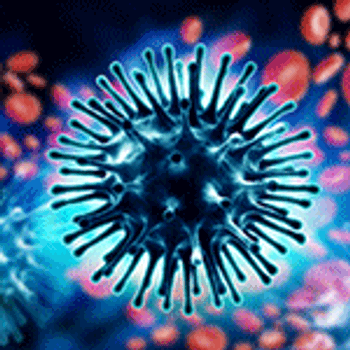
The authors of this study demonstrate an innovative method that is useful and complements traditional HA assays.

Developing an effective bioassay is crucial for determining the potency of a drug substance or finished drug product. This article gives an overview of how to avoid most problems associated with correct bioassay development.